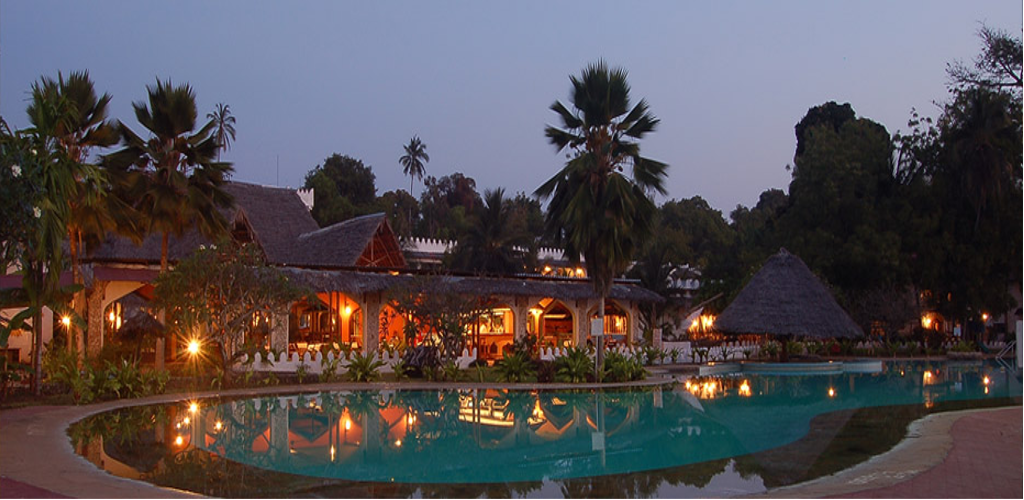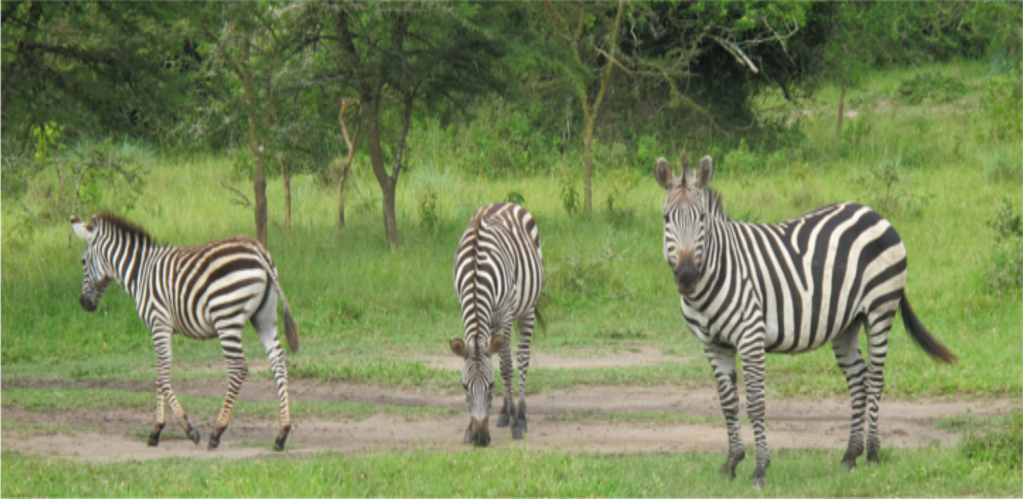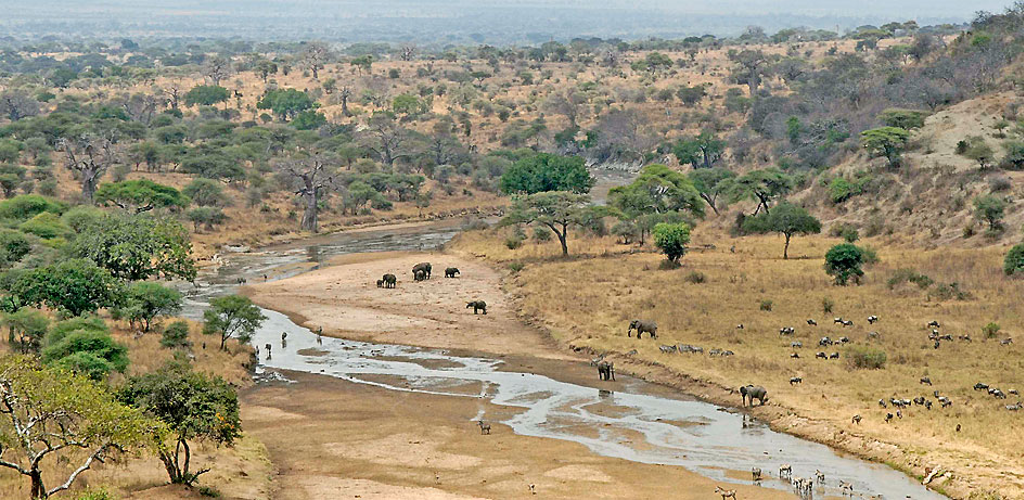Gorilla Tracking tips for first timers - Facts and tips on Gorilla tracking
The main attraction for visitors to Uganda is gorilla tracking. In order to track the mountain Gorillas you need to have purchased your gorilla tracking permit well in advance, they are sold up to two years in advance so you need to plan ahead.
Today, around 400 mountain gorillas call the Bwindi Impenetrable National Park their home. Of these, nine mountain gorillas families (each family usually consists of 10-15 members) have been habituated, meaning that although they are still wild they have become accustomed to humans and are unlikely to attack.
Low season is considered March-May or October-November rainy seasons. When trekking during this time you may experience more rain in the forest, making for a muddier, more slippery climb. However, during this time gorillas may be more likely to hang out in the low lands since food is abundant during the rainy season and they don’t need to search long and wide for meals. This means that your treks into the forest to find them will be shorter, often under two hours.
Most tour operators include gorilla trekking permits in the cost of your gorilla trekking trip. They will take care of the paperwork as well as transport to and from your accommodation to the starting point of your gorilla trek - the park. Because each gorilla family is in a different area of the park, you should find out in advance which group of gorillas you are trekking before making a choice on the accommodation otherwise you may miss your gorilla trek if you go to the wrong side of the park.
And while there are no guarantees of mountain gorilla sightings when you set off, the mountain gorilla tracking procedures in place at Uganda’s Bwindi Impenetrable National Park and Rwandas Volcano park virtually ensure you an unforgettable encounter with the mountain gorillas.
Age limit for gorilla trekking in Uganda and Rwanda
The age limit for gorilla trekking is 15 years and this is strictly observed by the park authorities because of this every person participating in the gorilla trek is supposed to provide his or her passport details at the time of purchasing a gorilla permit and passports are checked at the briefing point before one embarks on the gorilla trek. The reason for this lies in conservation because it has been scientifically discovered that you will never tell the reaction of children when they encounter theses mountain gorillas. They may shout or run away and this may create a situation where mountain gorillas may attack those that have come to trek them.
What to pack for Gorilla Trekking
Everyone’s gorilla trekking experience will be different depending upon the weather, the depth of your forest hike, where the gorillas are hanging out, and other factors. It’s important to be prepared for anything so you can focus your time on enjoying your jungle walk and time spent with the gorillas, rather than being worried about your gear.
What to wear when gorilla trekking
Note: It’s likely that you’ll be trekking through mud and covered in dirt by the end of your trek so consider bringing clothes that you won’t mind ruining.
Trekking pants. If you have waterproof pants with you, carry these in your backpack in case of rain. You will also be recommended to tuck your pant legs into your socks to prevent nasty creatures from crawling up your legs.
T-shirt and long-sleeved shirt. We recommend a t-shirt with a light long-sleeved shirt over top to protect you against sun exposure and bugs (of which there are A LOT in the forest and jungle).
Waterproof jacket. Keep this handy, especially in the wet season.
Fleece or light jacket. The park is above 2,000 meters (6,000 feet). It’s unlikely that you will be cold when trekking in the humid forest, but you may become chilled waiting around for word of the gorillas’ location or when stopping for lunch.
Trekking shoes. For climbing hills, good traction on your shoes is essential. Even better if your trekking shoes are somewhat water-resistant.
Hat. Sun protection when trekking outside the forest.
Food and Water during gorilla trekking
Two liters of water per person. While this may sound like a lot, this amount is recommended in case it’s a long, hot hike. Better to have too much water than too little.
Lunch and snacks. Bring snacks that you can munch on along the way to keep your blood sugar and energy high before lunch, which will usually consist of a sandwich and fruit. Depending on how long it takes your group to find the gorilla family, it can sometimes be a while before you eat lunch.
Other useful gear for your gorilla trek
Small backpack. Be sure this is comfortable, as you’ll need to carry it for hours en route to and inside the jungle.
Walking stick. Do not worry about bringing your own. Wooden sticks are available to borrow at the park entrance.
Cameras and rain protection. It might be a bit overboard to carry a dry sack for your camera (although we did), but do carry a plastic bag or similar water resisting protection to keep your camera protected in case of rain.
Sunscreen and bug spray.
Note: If you’d prefer to enjoy your gorilla trekking unencumbered, you can hire a porter to carry your small bag and assist you up hills and through the challenging parts of the forest. Just tell your guide that you’re interested in hiring a porter and he’ll find one for you at the National Park entrance. The fee is $15 - $20 per day
Each group consists of a main guide and two scouts who carry AK-47 guns and walk before and after the group. We were told that the reason for armed scouts is for protection in the forest against wild elephants or angry, unhabituated gorillas. The scouts are trained to fire shots into the air first in order to scare away the animals. We’ve never heard of anyone coming across these wild animals, but we understand that the policy of the National Park is to be safe rather than sorry.
The forest is lush, humid and damp and there are no discernible trekking paths. The terrain is full of hills and steep slopes where you will be required to pull yourself up steep jungle grades by grasping onto branches, plant roots, bushes and more - this is where your porter comes in handy. Follow the lead of the guide as to the best path and form to take.
If you need a break, let your guide know. The worst thing that can happen is if you overexert yourself or don’t hydrate enough and are forced to leave the park before you find the mountain gorillas.
Only visitors in good health at the time of the trek will be permitted to track gorillas, as gorillas are susceptible to common colds and other respiratory diseases transmitted by humans. All visitors must be physically fit and capable of enduring a walk of several hours in difficult terrain.
Smoking, eating, and/or drinking is not permitted within 200 meters of a gorilla family.
It is prohibited to destroy any vegetation unnecessarily or to make open fires in the national parks and reserves. The flora and fauna of national parks and reserves are strictly protected. All visitors must carry their own litter with them out of the park or reserve, leaving NOTHING behind.
While with the gorillas you are to stay quiet, move slowly and avoid sudden movements.
It’s not a problem to look a gorilla in the eye, but if he begins charging you, hold your ground but lower your eyes to indicate that you do not want a confrontation. Photos and videos are fine, but no flash. Follow the lead of the trackers and guides and stay close as they move around to find other gorillas.
The gorilla trackers will often clear the bush with their machete so you can get a clearer and closer look at the gorillas. It is incredible how graceful and peaceful these animals are, especially considering their incredible size. You’ll be amazed when you see the silverbacks (mature males) get up and move around.
Do not aggressively pursue them if it seems as though they are becoming annoyed and constantly moving to higher branches or behind bushes. Some of the most entertaining actions and displays are usually an indication that a gorilla feels threatened. Good thing is, those displays are also a gorilla’s way of communicating it is advisable to keep distance under such circumstances.
Each gorilla family may be visited only once each day, during the morning hours and all gorilla visits are limited to a maximum of eight persons per gorilla family for a maximum length of one hour. Due to thelimited number of persons allowed to visit the gorillas each day, it is not possible to go gorilla tracking on a private basis.





